Note: I tweaked my blog, which was posted on my label website in October 2011, to share its insights with a broader audience.
Contents
What to know about sync before approaching Japanese labels and publishers
Our staff sometimes get asked by overseas composers/artists if they can submit their songs to our catalog to seek sync-license opportunities. As written on the contact page, for some reason, we do NOT accept any demo submissions and requests from outside composers. Whether we do or don’t, however, it may be helpful for you to know that there is a big difference in the way of handling synchronization licenses between Japan and other countries, especially the United States.
You can hardly expect up-front sync fees in Japan
First of all, regarding music licensing operated domestically and internally within Japan, it is almost impossible for both composers and publishers to earn money from sync licensing unless the publishers represent the publishing rights of the composers’ tracks directly and exclusively. Unlike in the US, there is little room for middlemen, gatekeepers, or agencies such as non-exclusive licensing companies or re-titling publishers to enter the media and music industries in Japan.
While we still have options for sub-publishing, I wouldn’t recommend you become a sub-publisher only for sync licensing. That is because what you can expect to get would not be “up-front” fees generated per one placement but “back-end” royalties (unless you already have hit songs that are coveted by advertising agencies and TV directors). You would know how much patience is required for you to receive them, and sometimes, they even vanish away during long-term international operations.
I wouldn’t argue here which is better (both have pros and cons), but I’d like to explain in detail why and how things are different. Suppose you need to become more familiar with the general or standard definitions of several copyrights and royalties. In that case, I’d suggest you glance over the Music Publishing Glossary by Songtrust and How Music Royalties Work on HowStuffWorks beforehand.
JASRAC’s one-stop approach and synchronization rights in Japan
JASRAC, the leading copyright organization (what we usually call “PRO,” though not limited to “P”=Performance Rights in this case) in Japan, covers and controls a large portion of Synchronization rights in addition to Performing & Mechanical rights. This one-stop/centralized/comprehensive method of publishing administration is totally different from the more divisional/individually-specified one in the US, as written in the reference above. (Note: This is about DOMESTIC/INTERNAL publishing operations within Japan, NOT INTERNATIONAL/EXTERNAL Sync licensing outside Japan. For example, cases of sync license-OUT from Japan to the US are excluded).
While there are several other copyright organizations, such as e-License or JRC (Japan Rights Clearance), most publishers in Japan have JASRAC administrate all these rights. About ten years ago, publishers became able to opt in/out of which rights they would leave to JASRAC and which rights they would administrate by themselves, but as far as I know, few publishers actually exercised this option.
I guess the reason is that, regarding DOMESTIC music licensing, there are not so many merits or motives if they choose self-administration and negotiate directly/independently with clients. Originally, very few of them had a positive eye for the possibilities of international licensing, though I wouldn’t dwell on psychological analysis of their reluctance because it’s beyond my interest.
In the following post, I’ll elaborate on how JASRAC interprets and covers these copyrights, including Sync rights, and how these rights actually work in the music/media industries.




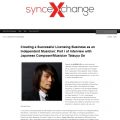


 What are the Numbers Game and Waiting Game? Talk about how t
What are the Numbers Game and Waiting Game? Talk about how t  My personal story of bootstrapping an independent music labe
My personal story of bootstrapping an independent music labe  The album "Anti-Crime Breaks" features robust and
The album "Anti-Crime Breaks" features robust and 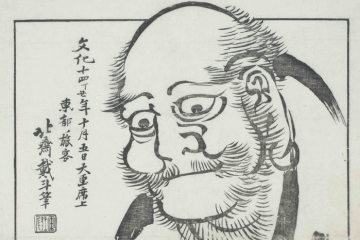 Exploring the power of prolific creation through artists lik
Exploring the power of prolific creation through artists lik  Here is the making of Dark Model’s new track "Rage and
Here is the making of Dark Model’s new track "Rage and 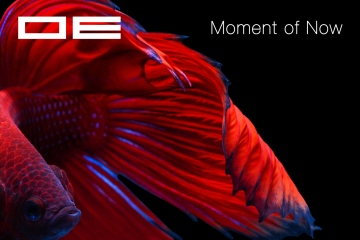 Zero in on Now “Moment of Now,” the fifth album of OE’s Zen-
Zero in on Now “Moment of Now,” the fifth album of OE’s Zen- 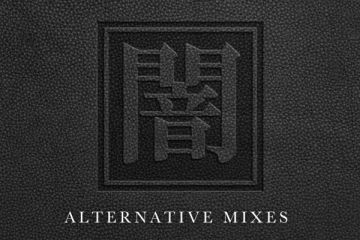 Uncover the ‘Hidden Best Album’—packed with fresh, surprisin
Uncover the ‘Hidden Best Album’—packed with fresh, surprisin  We just have created our Spotify profile, which has many pla
We just have created our Spotify profile, which has many pla  The 8th release under the MER moniker by Tatsuya Oe (Captain
The 8th release under the MER moniker by Tatsuya Oe (Captain 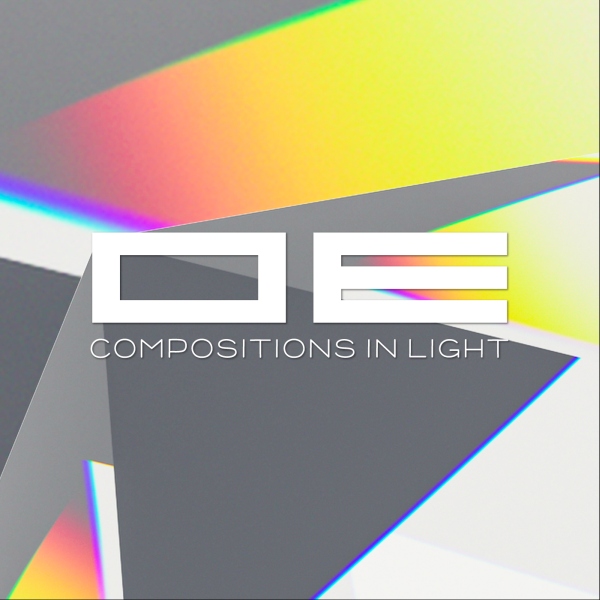 Minimalism and grooves weave the interplay of light and shad
Minimalism and grooves weave the interplay of light and shad